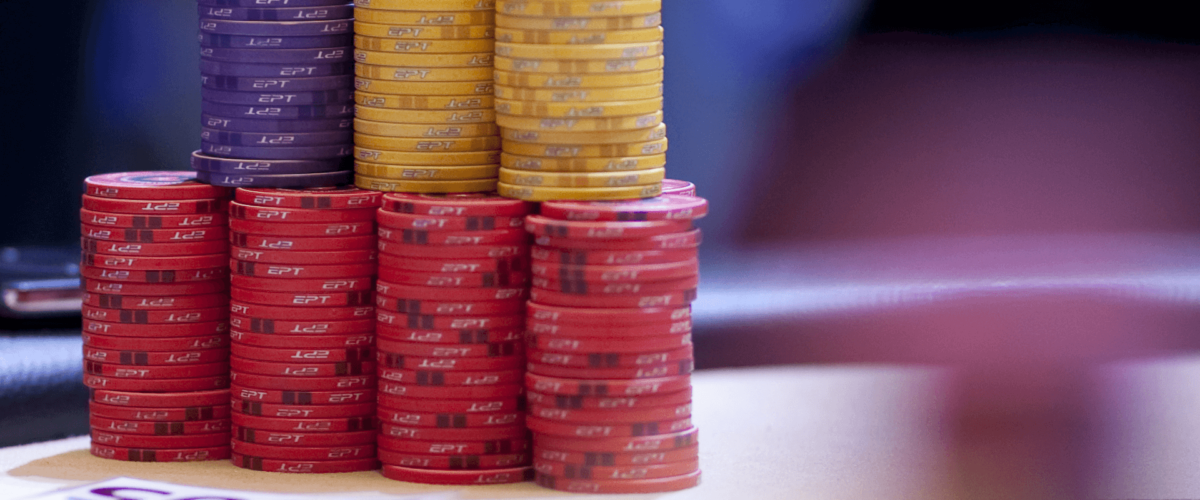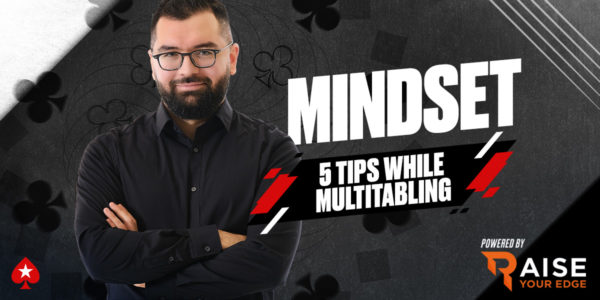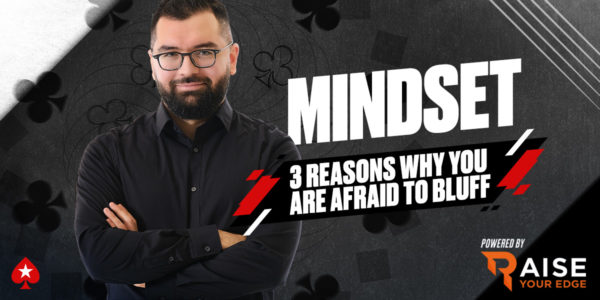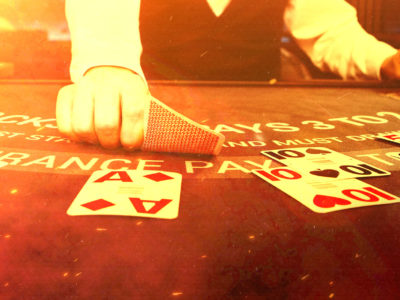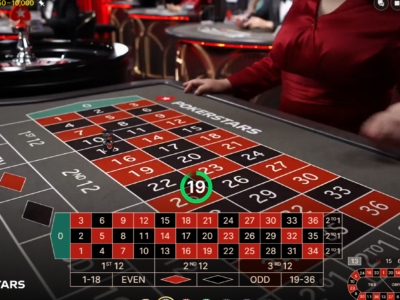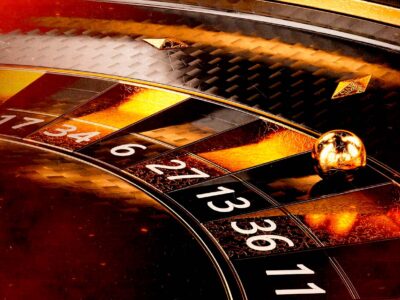Inside the Mind of a Pro – A Strange 3-Bet
Today’s hand features a line I almost never take because, in most situations, it’s theoretically unsound. In poker, however, there is a time and a place for almost anything if the right cocktail of reads exists. Let’s get into it.
Pre-Flop
At 100NL Zoom, I find myself in the SB with 8♦ 7♦ . It folds around to the CO who raises to $3.00. Villain is running 43/30 over 64 hands meaning that he is a good bit looser than optimal and raises many of the hands he chooses to play. So far he has open-raised 4 times in the CO from 11 opportunities. The effective stack is $233.
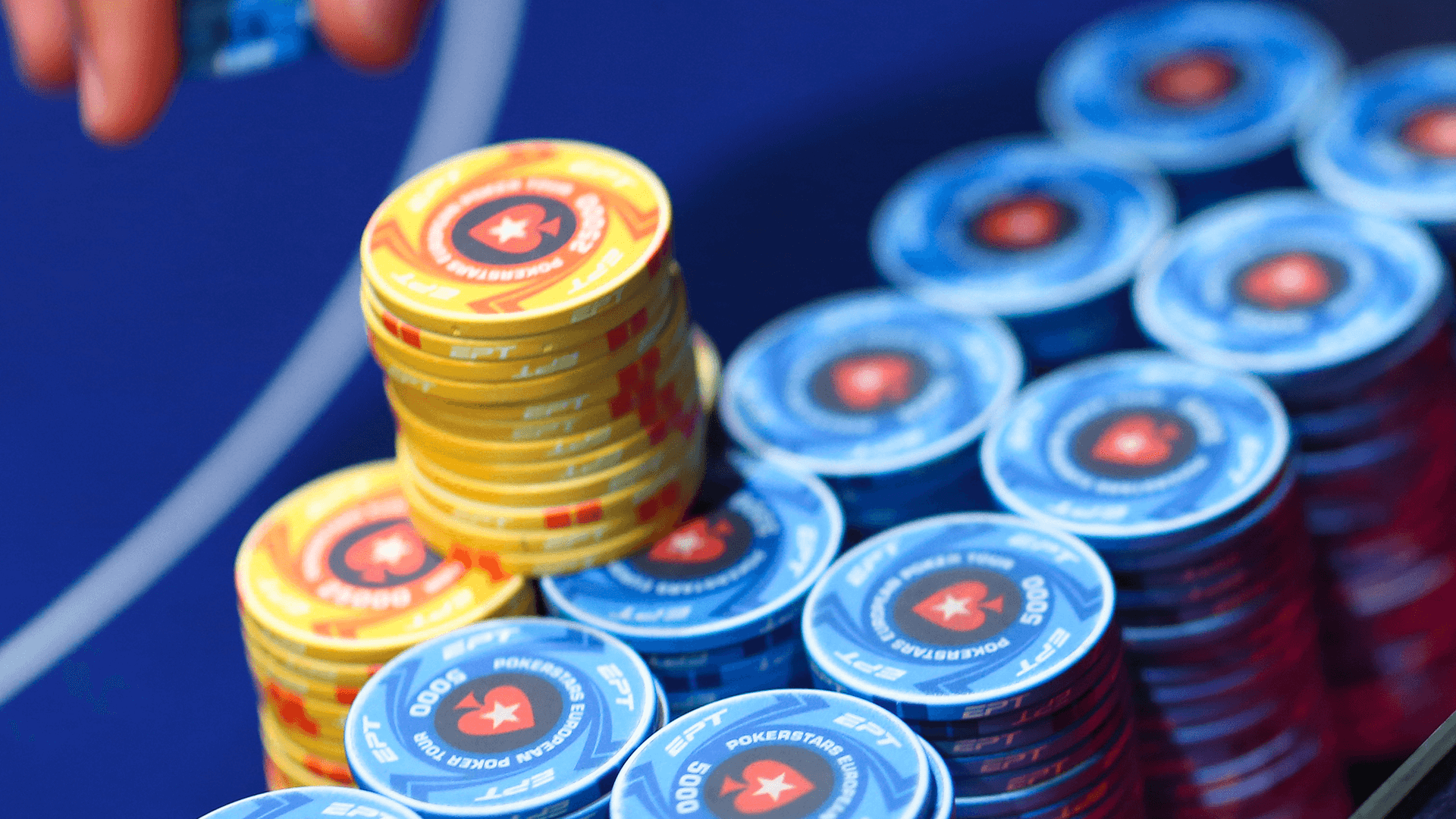
All of these conditions create a somewhat unusual situation. My normal play with this hand SB vs CO against a solid player is to fold, mixing in a few 3-Bet bluffs from time to time. When it comes to someone like this, against whom fold equity is low, I do not want to make a large 3-Bet to take the worst of it post-flop with limited fold equity out of position. I rule out making a standard 3-Bet to $10 on the grounds that it will too often result in me having to surrender a large pot with a weak hand. What I’d really like to do here is to call and see a flop with this weaker aggressive opponent. Most of your value from a player like this comes from making a big hand and getting paid. The problem with flatting, however, is that I have a regular behind me in the BB who is likely to often come along for the ride and squeeze any big cards to isolate the CO. I cannot call a squeeze with this hand in this position so flatting and sharing my EV with the reg behind also seems unenticing.
This leaves me with either fold or a smaller 3-Bet and I opt for the latter. I make it $7.00 – a very non-standard and eyebrow raising size. The reason that I endorse this play is that it will isolate me against the weaker opponent the vast majority of the time. If the reg behind me really thinks about it, he might be able to work out what I’m up to and apply some pressure with 4-betting but most people play a bit too automatically pre-flop so I expect to get away with this raise more than I should. In essence, I am keeping my price down to see a heads-up flop against a likely bad opponent with a hand that can connect very hard and win very big pots vs. people who don’t like the fold button. I hope to get lucky and am laying myself a reasonable price relative to the effective stack to do so. The BB folds to my relief and the CO comes along, as expected.
The Flop
The flop ($15) rolls off K♥ 7♣ 3♥ and I elect to make a small bet. I make it $4.42 and Villain calls quickly. The idea here is to protect my very weak and vulnerable pair by getting Villain to fold a few overcards. I do not want to play a massive pot with this hand and so checking and then having to call a larger bet could be somewhat uncomfortable. Check/calling is definitely alternative here, however, as my hand would like to see a turn and avoiding a flop raise lets me do that. I have 5 outs to improve and some good implied odds on a 7 or a 5 the times I am currently behind. The downside to checking the flop is giving a free card. Villain is very likely to have a lot of outs against my fragile hand the times it is ahead. I think this decision point is very close.
The Turn
The turn ($23.84) comes down the J♣ making a lot of draws possible. I will still have the best hand a decent chunk of the time here because there are so many unmade hands calling the flop for this price, and because Villain’s range was very wide pre-flop. Although my equity is likely still reasonable against his range with my showdown value and five outs to improve against a hand like [Kx], I do not have enough equity to bet again for protection alone. The problem with trying to protect your equity when you are no longer a clear favourite is the extra money you lose the times you are beat. Betting the turn may also get me raised by draws sometimes. Having to invest a bet and then fold to these hands would be a disaster. I check.
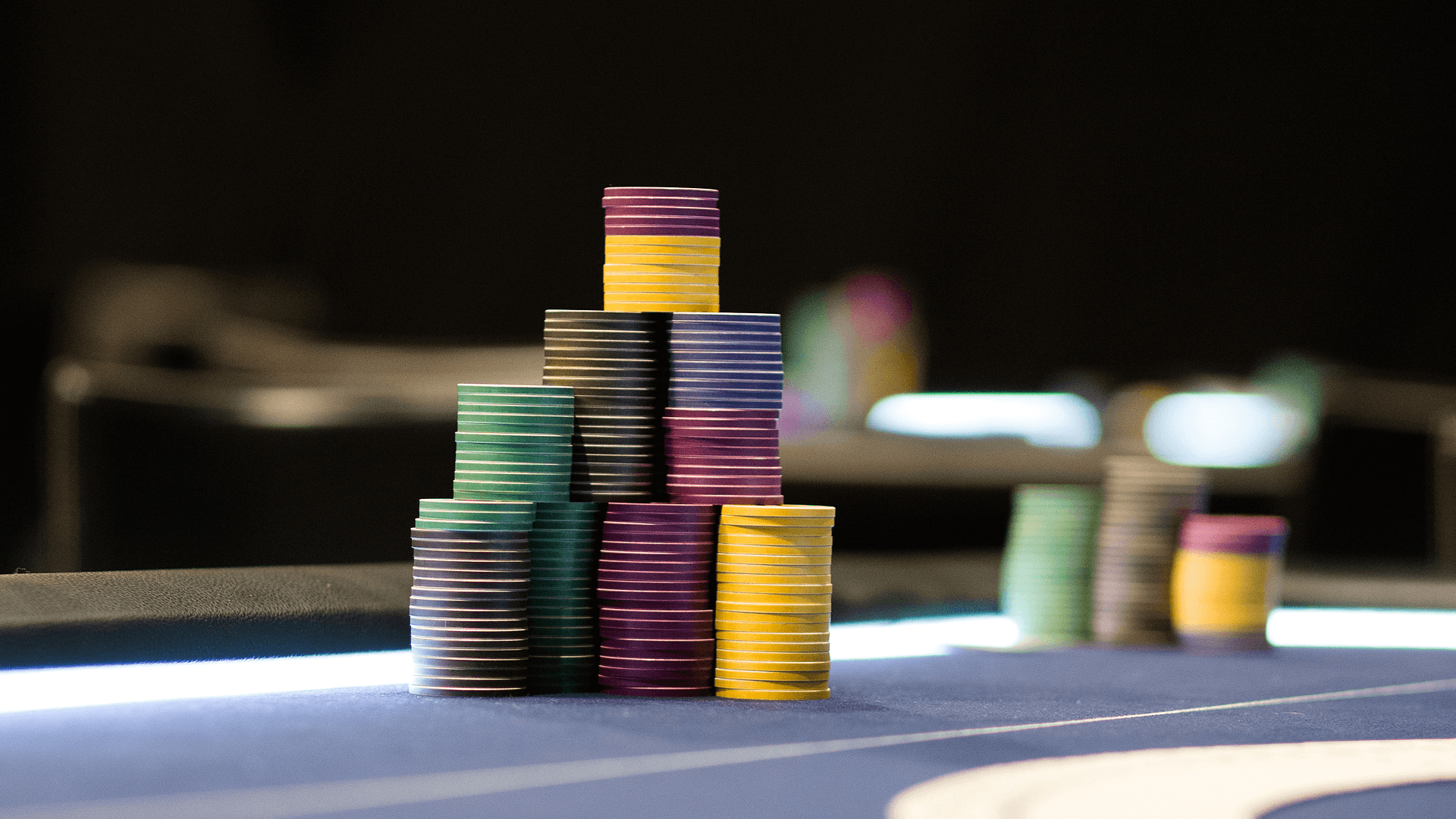
Villain bets $11.33. My price is great here. If I am entitled to 24% of this pot on average then I can break even by calling – any more than this, and I start to profit. My five outs promise me 10-11% equity against his top pair type of holdings. This equity will translate to more than just 10-11% of the pot because of the additional money I can win on the river if I bink two-pair or trips. Against Villain’s array of various draws, I have a large chunk of equity and although I might end up folding this on some rivers, I can bluff catch profitably again on blanks against a wild opponent. Overall, I think I will be entitled to around 30-40% of the pot here, and so I make the call. It’s okay to lose the majority of the time when you’re getting 3:1 on your money!
The River
The river ($46.50) is the Js, which is about as good as a river can be without improving my hand. It is now less likely for my opponent to hold KJ or a random [Jx] and since the J is a card that hits quite a lot of my turn check/calling range, we can expect Villain to check behind some of his [Kx] now instead of going for value. Moreover, every single draw has bricked and an aggressive opponent can very easily get out of control with his bluffing frequency in such a spot. He makes it to the river with a lot of air now, especially given my small flop bet and how wide it keeps his range on average.
Villain bets $22.09 and again I am getting a bit better than 3:1 on a call. I think this spot is a no brainer. Jx is not so likely in Villain’s range after he calls flop and bets turn. It is quite common for a hand like QJ or AJ to either fold flop or check back on the turn with his medium showdown value. [Kx] could be value betting again, but as I said, sometimes the J river will put him off this idea. It is also possible that this wild opponent is randomly betting some hand that will beat me for no logical purpose such as 99, but if this is the case, then he can do the same with 33 or AQ.
I call happily and Villain shows A♦ K♣ . He made a good thin value bet on the river. His range containing quite a lot of missed draws and air allowed him in theory to bet more thinly for value.
We can’t win them all, and indeed, we don’t need to. As long as I can win one time in four, I’ll start making money on this river call. In reality, I think I will win around half of the time here so the river investment is very lucrative.
This hand did not exactly go to plan results-wise, but that’s poker. We play vs. our opponent’s range and try not to let the part of it he showed up with this one time affect our play going forward. See you all on the next hand!
View Other Blogs




